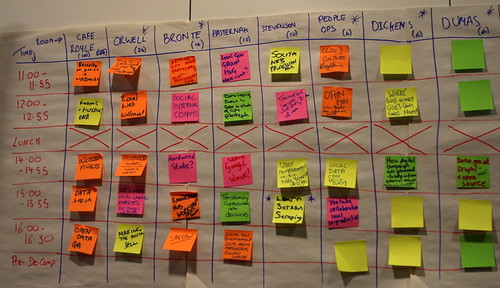Apologies for the total lack of updates here. A recent burst of activity at Learning Pool has made thinking about what to blog about a bit trickier than usual. Luckily, the Public Sector Bloggers do a damn fine job taking up any slack.
Anyway, while I try and get back my blogging mojo, here’s a pointer to an interesting post from Gartner’s Andrea Di Maio:
In order not to fall into the trough of disillusionment government 2.0 must shift its emphasis from the organization to the individual, and from policy to operations. There is still time for that to happen, but we need to talk less about transparency and open data and do more around training, encouraging and rewarding government employees.
My emphasis added.
I must admit, the whirlwind around open government data has rather taken me aback in the last few weeks – blog post coming on that one – and it’s almost as if we’ve decided that government has social licked, and now it’s time to move on.
I suspect that is a rather optimistic view, rather as Di Maio does. I’m still regularly getting requests from across the public sector for both high level presentations on what social technology is; and for training on how to make the best use of it.
Further to that, the benefits of these tools are still very much just in the hands of communicators, web folk, and so on. That needs to change too.
It’s worth pointing out, though, that in the last five years significant progress has been made. I remember how lonely it was being a blogging local government bod back in 2005. That’s changing – but we need to make sure as many others are involved as possible before we move on.

